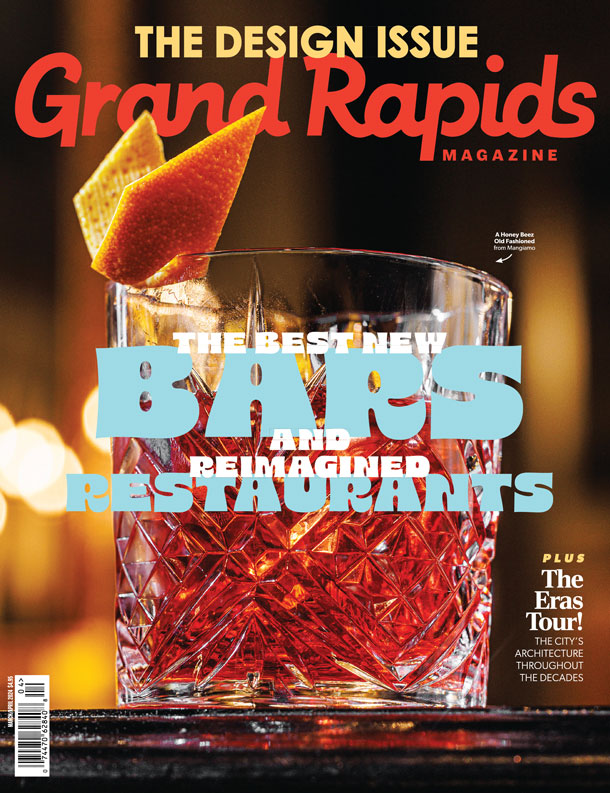A study analyzing Midwest census data found many Midwest cities and surrounding areas gained much of their annual population from nearby metros.
The study, conducted by commercial real estate listing service Commercial Café, analyzed metro-to-metro migration trends between Midwest metropolitan areas from data compiled by the U.S. Census Bureau between 2015 and 2019. In that time, the Grand Rapids-Kentwood metro gained an average of 4,473 new residents per year from exchanges with other Midwest urban areas, a majority of whom derived from other in-state areas, with Detroit, Lansing and Muskegon topping Grand Rapids’ move-in list, respectively. These net population gains from other nearby metropolitan areas put Grand Rapids in the No. 5 spot on the study’s Midwest metro-to-metro move list.
Conversely, a recent study conducted by nationwide moving company United Van Lines that analyzed its customer moving patterns in 2021, listed Michigan as the sixth most moved-from state for interstate moves.
Though a previous Commercial Cafe analysis from nationwide census data showed “Sun Belt” areas like Phoenix; Inland Empire, California; and Dallas to be more appealing to movers from other areas of the country, along with their own in-state moving exchanges, many Midwesterners were attracted to other Midwest urban areas. The most prevalent reasoning for individuals staying in the Midwest related to revitalized metro economies, which also displayed growing STEM sectors, affordability, urban renewal efforts and job opportunities.
Grand Rapids and Lansing, for example, shared a nearly even switch of residents, with 2,806 Grand Rapidians moving to the Lansing metro, and 2,829 Lansing residents moving here. Both Lansing and Grand Rapids’ top three in and out moves were based within in-state metros, while Ann Arbor’s top metro move-ins came from Detroit, Chicago and New York, respectively, while outbound movers went to Detroit, Chicago and Lansing, respectively.
In Commercial Cafe’s ranking of Midwest industrial cities, Grand Rapids took the top spot for best overall recovery for its employment opportunities, wage growth and an influx of young professionals. Also attractive to out-of-towners is the city’s ability to promote a healthy economy. As health care, agribusiness and information technology continue to grow and evolve, much of Grand Rapids’ success also is rooted in the modernization of its prevalent furniture, consumer goods, aviation and automotive manufacturing industries, with furniture remaining a top city export.
University towns like Lansing (No. 1) and Ann Arbor (No. 4) also represented Michigan on the top 10 list of highest metro-to-metro migration for the Midwest, citing multiple higher education institutions in each area, and qualities like Lansing’s prevalent government and insurance sectors and Ann Arbor’s robust manufacturing presence alongside evolving high tech and biotech industries.
The study concluded that while national metro-to-metro migration trends are likely to continue south- and west-bound, Midwest college towns with vibrant and diverse economies still can see population growth due to these in-metro, Midwest moves.








Facebook Comments